Imagine a town with a thriving manufacturing plant at its heart. That factory doesn't just churn out products; it powers the entire local economy. Jobs are the most immediate impact—you've got production line workers, supervisors, and even local suppliers benefiting. Employment rates go up, and with it, people's ability to spend and invest back into the community.
But it's not just about jobs. Local businesses feel the positive vibes too. Think of the lunch spots catering to factory workers, or the hardware store providing materials to the plant. It's a ripple effect, creating a bustling local economy.
A strong manufacturing base often builds a bridge to better social benefits too. More jobs mean more tax revenue, which can be funneled into public services like schools and healthcare. And when the government's smart about it, they introduce schemes to support and expand these industries, funding development, and innovation.
- Job Creation and Stability
- Impact on Local Businesses
- Socioeconomic Benefits
- Government Incentives
- Challenges and Considerations
Job Creation and Stability
When we talk about manufacturing, we often picture assembly lines and factories full of workers. But there's more under the hood when it comes to job creation and stability. Manufacturing doesn't just hire folks; it creates a durable employment cycle that impacts entire communities.
Direct Employment Opportunities
For starters, the jobs created are not just any jobs. They're typically known for offering decent pay and good benefits, compared to some other sectors. This is no small matter, especially in areas where economic opportunities might be limited. And it's not just about factory floor positions. Engineering, administration, HR, and logistics jobs pop up around these manufacturing hubs too.
Multiplier Effect
There's something economists call the "multiplier effect." Simply put, for every direct manufacturing job, there's a cascading chain reaction of indirect jobs created outside the factory gates. Think about all the suppliers who provide materials or the truck drivers who transport goods.
Boosting Community Stability
Stability is another critical factor. When manufacturing is healthy, it offers a foundation of economic consistency. This reliability means that folks are more likely to stay in their communities, rather than searching for work elsewhere, leading to strengthened local ties and community development. It's a win-win, if you ask me.
Examples and Stats
To put things into perspective, according to recent figures, every new manufacturing job creates about 1.4 additional jobs in other sectors. Below is a simple breakdown of employment impacts per manufacturing job creation:
| Direct Manufacturing Job | Indirect Jobs Created |
|---|---|
| 1 | 1.4 |
These numbers not only indicate job creation but shine a light on why government schemes often target local economies with incentives for manufacturing. The benefits ripple across, making it a linchpin for sustainable economic health.
Impact on Local Businesses
When a new manufacturing plant sets up shop, local businesses often feel the boost. The presence of a manufacturing facility brings increased footfall to the area, which leads to more sales and opportunities for local vendors. Here's how it unfolds:
Increased Demand for Products and Services
Everyone needs to eat, right? Cafes, restaurants, and food trucks near manufacturing sites experience a surge in customers as workers drop by for lunch or coffee breaks. The same goes for service providers like laundromats and auto repair shops that become essential for workers managing busy schedules.
Supply Chain Opportunities
Manufacturing doesn't operate in isolation. It relies heavily on a network of local suppliers for raw materials, parts, and maintenance services. This opens doors for local businesses to become key players in the supply chain, finding new revenue streams in supplying required goods or providing maintenance services.
Real Estate Growth
An increase in workforce demand means more people looking for housing. This boosts the local real estate market, providing opportunities for property developers and landlords. Residential zones near manufacturing hotspots often see a rise in property values.
Community Collaboration
Many manufacturing firms engage in Corporate Social Responsibility (CSR) activities which focus on community development. They might sponsor local events, aid in infrastructure development, or invest in educational programs, further binding the community and the manufacturing enterprise.
Overall, local economies can experience significant growth from these factors, leading to a thriving community with better living standards.
| Sector | Impact |
|---|---|
| Food Services | Increased patronage, higher sales. |
| Retail | Boost in demand for everyday goods. |
| Real Estate | Increased property values, more rental opportunities. |
| Transportation | Higher demand for daily commutes and deliveries. |

Socioeconomic Benefits
When we talk about manufacturing, its influence on the local economy is hard to overstate. These sectors are like the backbone of numerous communities, and their effects ripple through multiple aspects of daily life. For starters, let's touch on public services, which can see an uptick thanks to manufacturing.
Tax revenue from manufacturing generates funds that governments reinvest into public services. Consider improved schools or better-equipped healthcare facilities. This promotes a healthier, more educated workforce, setting the stage for long-term economic growth.
Boosting Infrastructure
A functional manufacturing hub also catalyzes infrastructure development. Roads, energy supplies, and even logistics networks get a leg up as manufacturers demand smoother operations. As these systems improve, so too does local connectivity, making areas more attractive for future investment.
Innovation and Skills Development
Another incredible perk is innovation. Manufacturing demands efficiency, sparking creativity and problem-solving. See this as a hotbed for technological progress. New manufacturing processes often lead to patents and tech advances that other sectors benefit from.
The sector also invests in employees through skills development programs. Workers get access to the latest skills training, making them more versatile and effectively boosting their future job prospects. This learning culture fosters greater community resilience during economic hiccups.
Social Well-Being
Finally, the social aspect can’t be ignored. Higher employment from manufacturing means fewer families struggling to make ends meet. That stability translates to lowered crime rates, lessened stress over financial woes, and ultimately, enhanced social welfare. A worker with a steady job often means a family with a steady life.
In all these ways, manufacturing isn’t just about making goods and profits. It's a pivotal player in local economic ecosystems and in boosting the welfare of society as a whole.
Government Incentives
When it comes to boosting manufacturing, the government often steps in with some helpful incentives. These incentives aren't just there for big corporations—they're also designed to give smaller local businesses a fair shot at thriving.
Tax Breaks and Subsidies
The first thing many think of is tax breaks. Governments might reduce property taxes for manufacturers or offer tax credits for energy-efficient upgrades. Subsidies might also be available for businesses investing in new technologies, making it more affordable to expand and innovate.
Grants for Training and Development
Another way governments support the local economy is through grants aimed at workforce development. These funds can be used to train existing staff or hire new employees, ensuring the workforce is equipped with the skills needed in modern manufacturing environments.
Capital Investment Support
Accessing the cash needed to buy new machinery or upgrade facilities can be challenging. That's where capital investment support programs come in. Low-interest loans or even partial funding can make it feasible for companies to keep up with technological advancements.
Infrastructure Development
Local governments might also invest in infrastructure projects that directly benefit manufacturers. Think better roads for transporting goods, improved public transportation for workers, or enhanced utility networks. These improvements make it easier for businesses to operate efficiently and boost overall social welfare.
In fact, let’s take a look at how some governments are investing:
| Country | Incentive Type | Impact |
|---|---|---|
| USA | Tax credits for renewable energy projects | Increase in sustainable manufacturing jobs by 15% |
| Germany | Grants for automation technology | Boosted production efficiency by 10% |
| India | Subsidies for small manufacturers | 100,000 SMEs benefited in 2024 |
So, if you're in the manufacturing game, keeping an eye on these government programs isn't just smart—it's essential. They're more than just financial boosts; they're pathways to better growth and sustainability for the entire community.
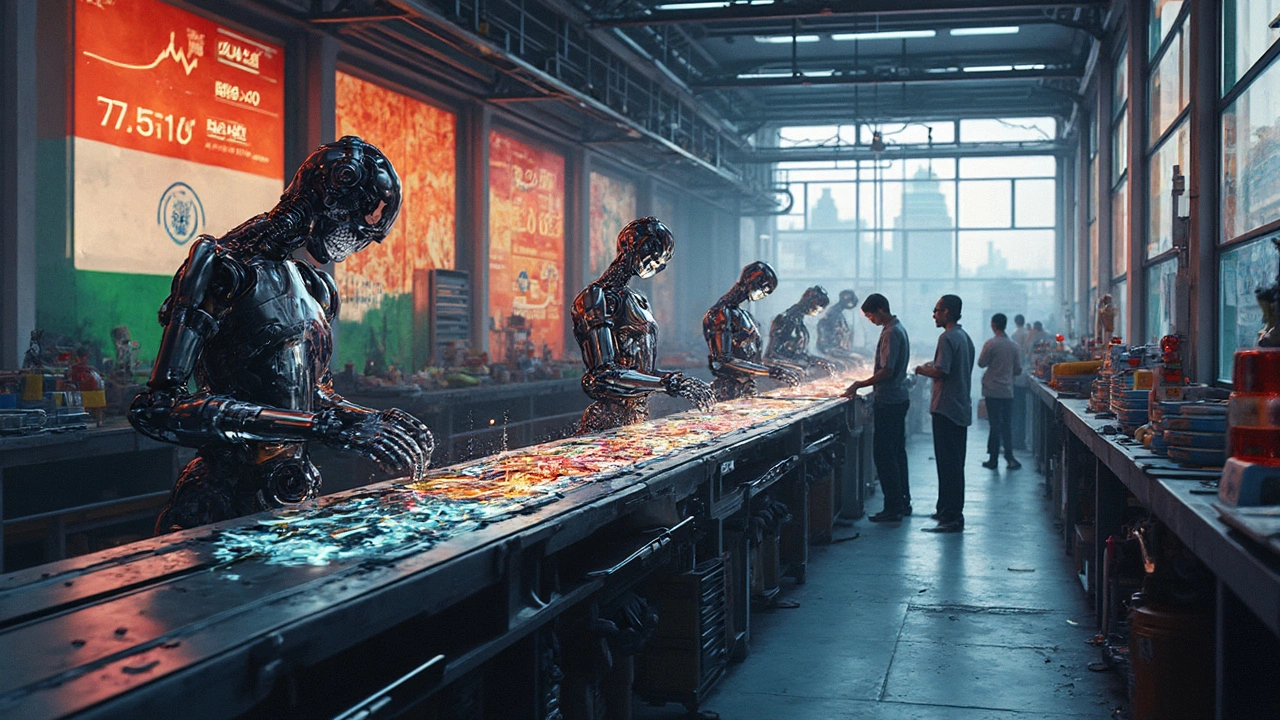
Challenges and Considerations
Sure, manufacturing can boost a local economy, but it doesn't come without its hurdles. The first biggie is the environmental impact. Factories can be notorious for polluting air and water. Local communities often wrestle with balancing industrial growth and environmental protection.
Sustainability Concerns
How can we keep manufacturing clean? It's a tough nut to crack as eco-friendly technology can be expensive to implement. Businesses face hefty initial investments, and not everyone's on board with shelling out more cash. Governments step in here with incentives aiming to offset these costs, but the road to greener manufacturing is rocky.
Economic Fluctuations
The global market doesn’t sleep. Economic downturns can lead to production cuts or even factory shutdowns. It's a nerve-wracking reality that both workers and business owners know too well. The ups-and-downs in demand can ripple through a local economy, leaving everyone a bit jittery about their jobs and incomes.
Balancing Innovation and Workforce
Innovation is great, but it also means automation. Many workers fear being replaced by machines, raising concerns about job security in the manufacturing sector. It's crucial to find that sweet spot where technology aids workforce efficiency rather than shrinking it.
Local Policy and Support
Governments play a crucial role here. Their schemes need to not only support businesses financially but also consider the societal impacts of their strategies. Policies must aim to nurture both economic growth and the welfare of society simultaneously.
Here's a simplified overview of these challenges:
| Challenge | Impact |
|---|---|
| Environmental Pollution | Harm to local ecosystems |
| Economic Fluctuations | Job insecurity |
| Automation | Potential job loss |
| Policy Implementation | Government support |
So while manufacturing is a backbone for many economies, it's a balancing act of benefits and drawbacks. Being mindful of these challenges and addressing them head-on is crucial for a sustainable future.


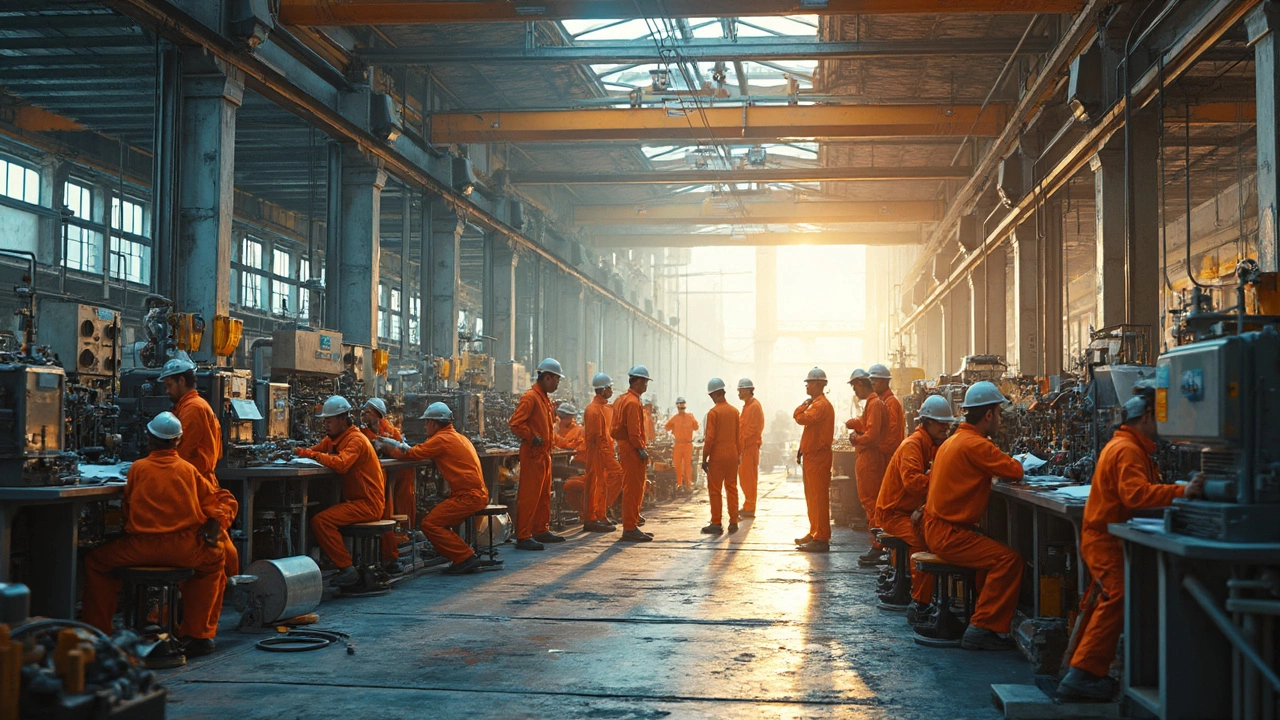

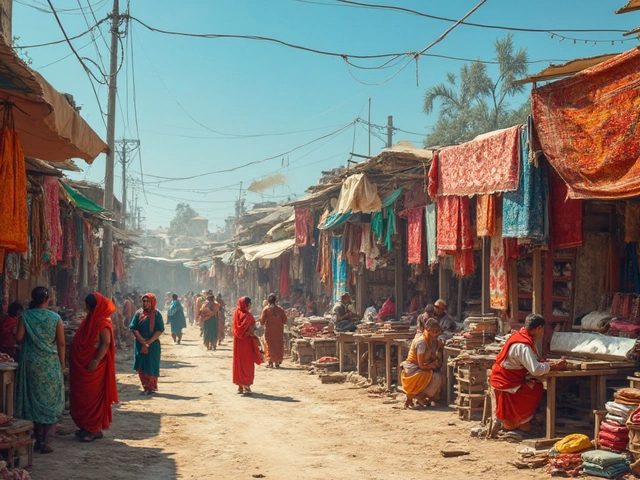
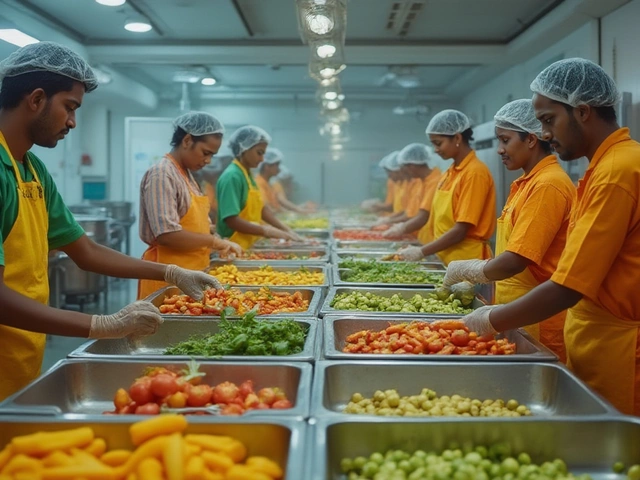
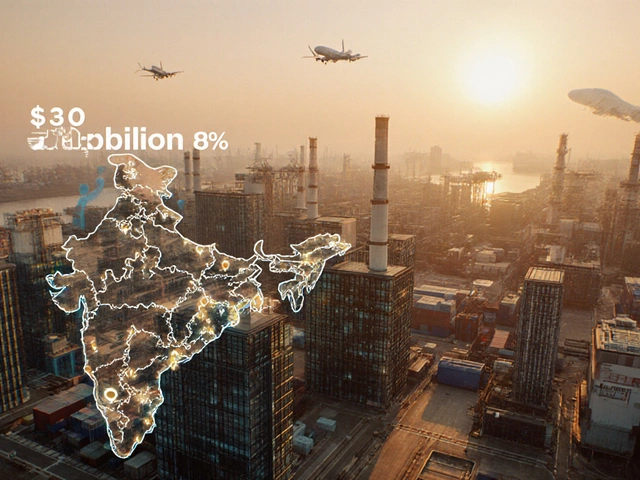
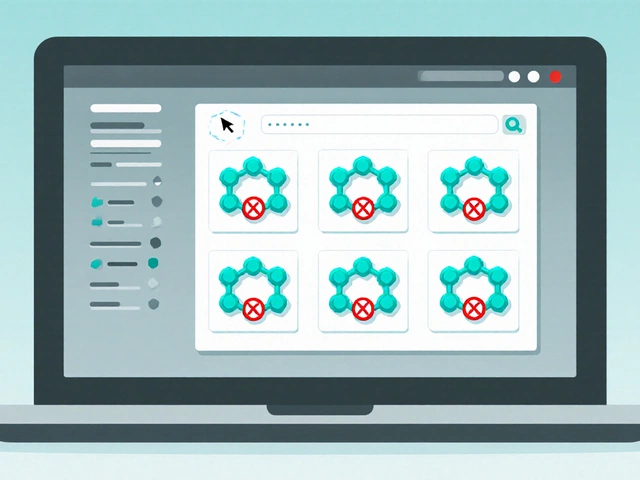

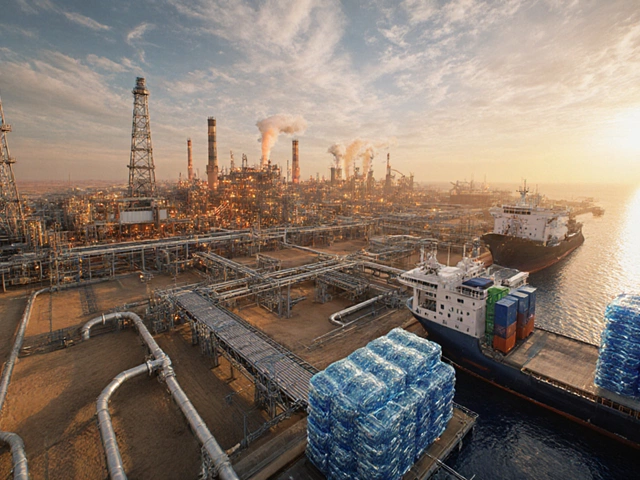

Write a comment